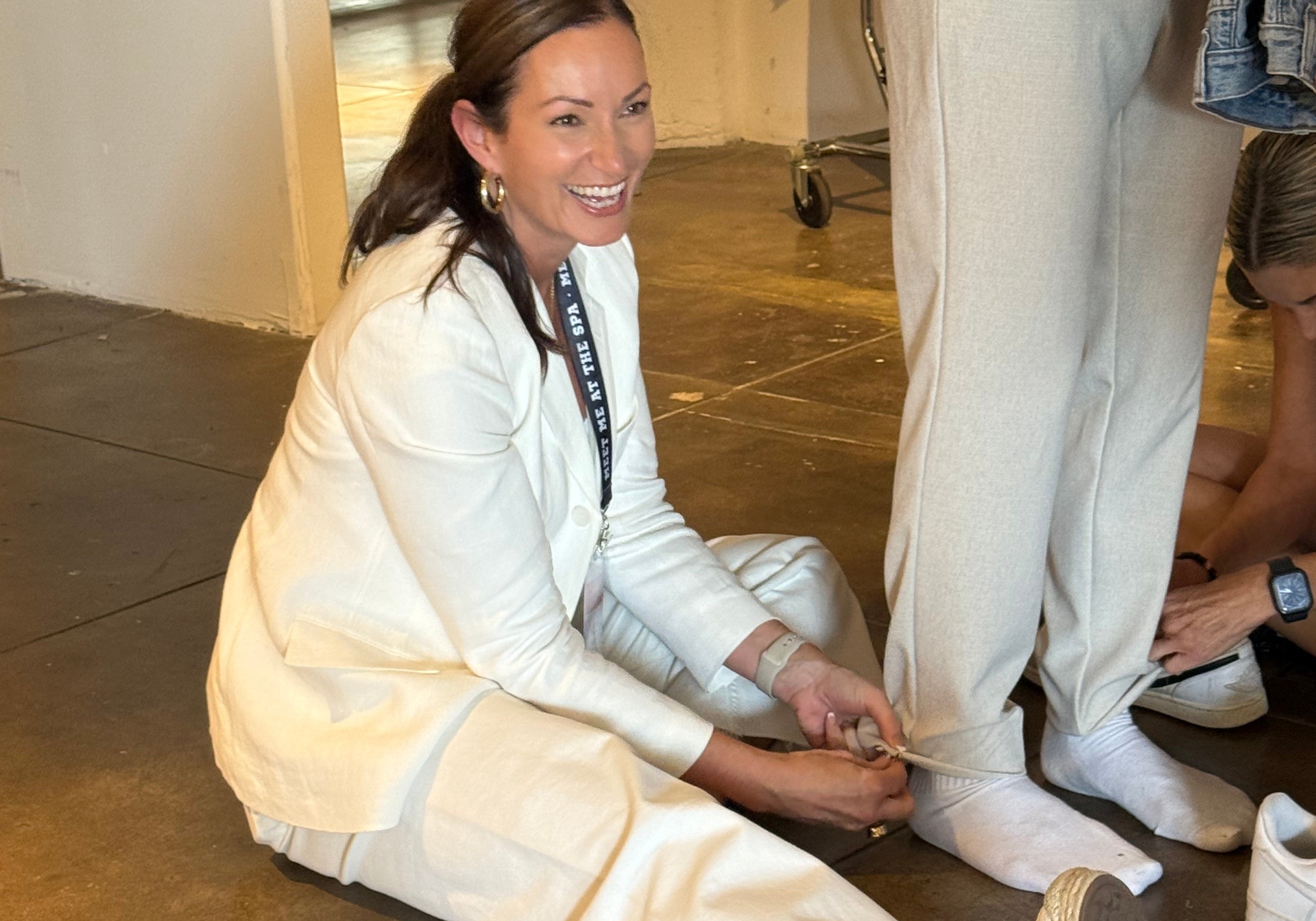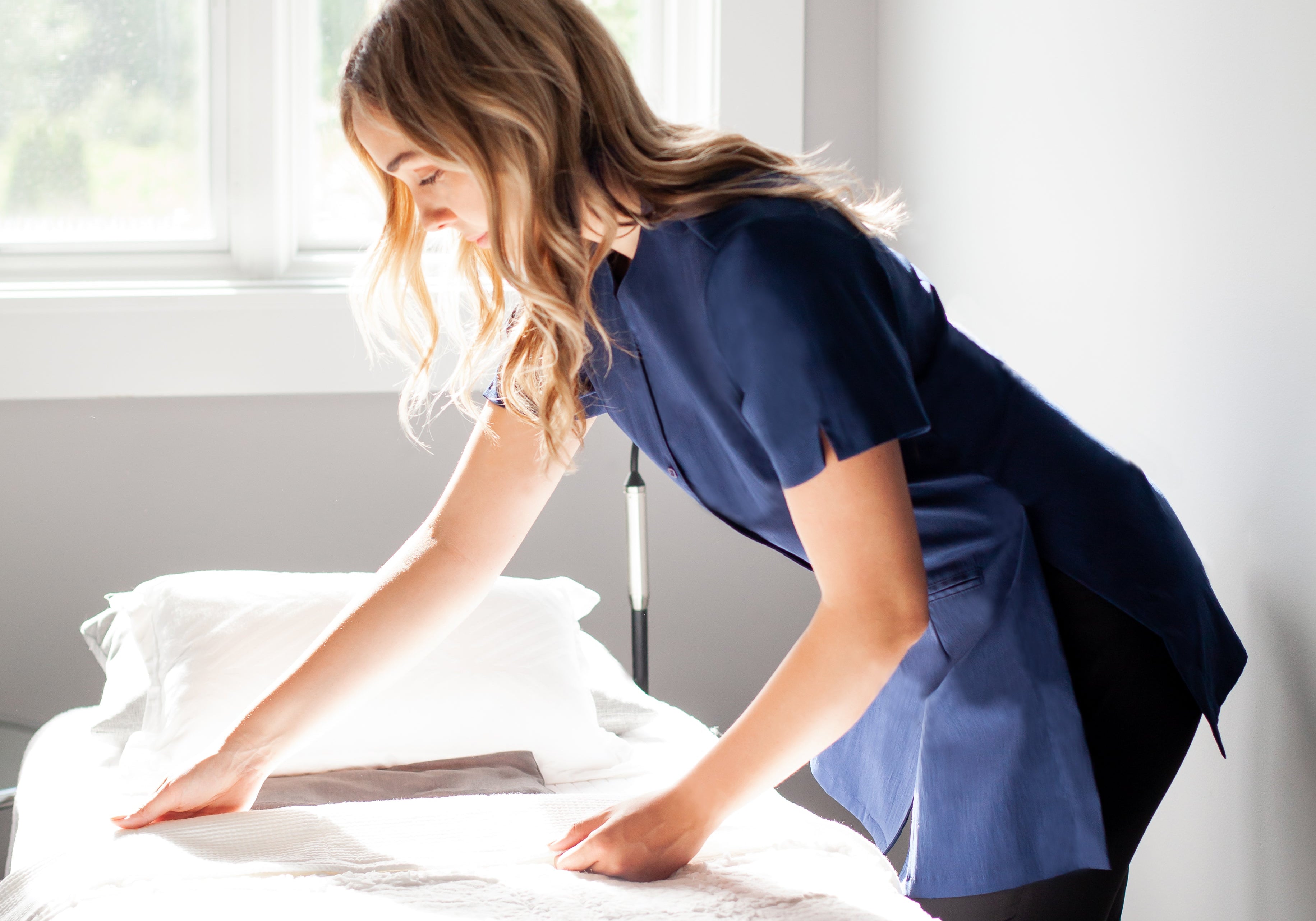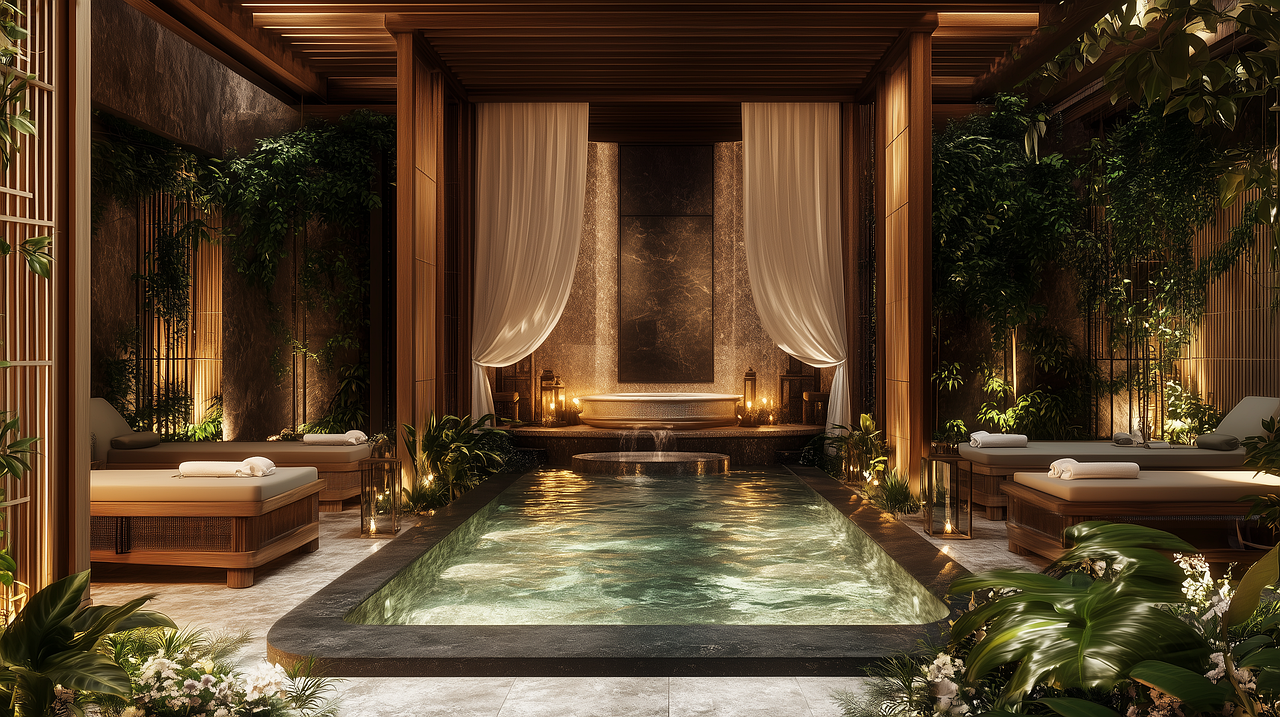by: Verena Lasvigne

Verena Lasvigne is a multiple award-winning Spa and Wellness Expert and International Spa Consultant with over 20 years of progressive experience in Hospitality Management and Spa Operations Management.
Design plays a crucial role in shaping the guest experience. As a Spa Consultant, shaping the future wellness journey of guests and creating a synergy between design and wellness is an exciting prospect – especially when considering it from both the guest and employee perspectives.
At its most basic, design intensifies experiences. From first impressions that create long-lasting emotional impacts to improving the functionality of a space, the flow, function, lighting, color choice, decor, and branding expression make an impact with a sum far greater than its individual parts. Spa design can promote comfort and relaxation, build trust among guests, and contribute to an unforgettable ambiance that keeps people coming back, time and again.

Using Design to Support Guest and Employee Wellness Journeys
Often, the impact of smart design is underestimated, not just on the guest experience, but on the day-to-day experience of employees, too. Here are a few ways I encourage my clients to consider promoting wellness for everyone engaging with their spaces:
- Encouraging Healthy Habits - Promoting physical wellness from a design perspective looks like including fitness facilities, ergonomic seating, standing desks, and other positive-habit-forming elements in spa and wellness spaces.
- Promote Relaxation and Stress-Reduction - Design can’t inform wellness without addressing mental health and wellbeing. Promote relaxation and stress reduction in your spaces by incorporating natural elements like plants, light, and space for quiet contemplation and stress relief.
- Improve Air and Water Quality - More and more we find smart design approaches that incorporate features such as air filtration systems and water purification systems that can improve air and water quality, promoting wellness.
- Support Social Interaction - Spatial design can create opportunities for social interaction and collaboration, which can enhance social wellness. Extending design efforts beyond quiet relaxation lounges to communal areas and shared spaces that encourage interaction and communication.
- Create a Positive Work Environment - Smart design can create a positive work environment that promotes productivity, creativity, and job satisfaction. This can be achieved by incorporating elements such as natural light, comfortable seating in staff rooms, and inspiring design elements that promote creativity.
Smart Design Can Be Measured in the Small Details
To me, design encompasses more than just the big, bold moments that create a solid initial impact. In fact, I often consider the finer details to be the determinants of a space’s success or failure. The finer details are what help to create a cohesive and polished design. Here are a few examples of how paying attention to small details can make a big difference:
- Choosing the right color tones evokes an alluring mood or feeling.
- Incorporating thoughtful and intentional spacing creates balance and harmony within the design.
- Aligning elements consistently creates a professional and polished look.
- Adding subtle design elements, such as textures or patterns, adds depth and interest to the design.
- Choosing the right materials and finishes ensures the design's durability and longevity.
- Paying attention to user experience and functionality ensures that the design is visually appealing, practical, and easy to use.
Why We Can’t Talk About Smart Design Without Considering Uniforms, Too.
Another overlooked or underestimated aspect of design is the appearance of the team that literally brings the space to life. Uniforms can significantly impact the overall look and feel of a space (for example, it’d be jarring to see black uniforms in a beige and brown spa). Selecting uniforms that complement the spa's interior design is critical to creating a cohesive, harmonious, and healing environment.

In addition to contributing to cohesiveness, uniforms also serve practical purposes, helping identify staff members and making it easier for customers to seek assistance when needed. Uniforms can also create a sense of professionalism and unity among staff members, which often translates to better customer service.
When opting for uniforms that are comfortable and functional, staff members can move and work more easily, improving their overall job performance and satisfaction. Choose uniforms that consider factors such as material, fit, and functionality, as well as the overall aesthetic of the space.

The Demand for Wellness and the Future of the Spa Industry
Culturally as we move forward, the importance of wellness – which includes spa services – will continue to grow. More and more, consumers are prioritizing self-care and looking for holistic wellness experiences. To keep up with these changing demands, spas will need to shift their focus toward providing immersive and transformative experiences that leave a lasting impact on their guests. Spas will evolve into wellness retreats that offer life-changing experiences to their guests.
We see this emphasis on wellness reflected in “Workplace Wellness” programs; a topic of discussion in recent years. Despite its prevalence, there are still many opportunities to turn theory into practice, providing team members with tangible benefits. A solid Workplace Wellness program can play a significant role in retaining employees and promoting job satisfaction. Retaining top talent requires an understanding of what matters to your employees. By actively listening to their needs and preferences, you can create a work environment that promotes job satisfaction and loyalty inspired by your company’s culture and wellness beliefs.
Finally, this prioritization of wellness at a cultural level can also be applied to the internal workings of the spa industry itself – redefining and expanding how we, as wellness experts, can promote health and well-being for our guests, our employees, and ourselves.
Key trends I foresee in the spa industry will include emphasizing the Mind-Body-Spirit connection. Natural elements will be integrated into wellness facility designs to create a peaceful and calming environment. Additionally, technology will play an even larger role in enhancing the guest experience. Expect to see the use of virtual reality meditation or biofeedback devices to track and improve wellness progress.
At a time in which wellness is increasingly prioritized, smart design emerges as a powerful tool for spa owners and operators. It not only distinguishes an establishment in a competitive market but also promotes holistic wellness for both guests and employees. As the spa industry continues to evolve, embracing innovative design concepts and technologies will be essential for achieving long-term success and fostering well-being in this ever-growing field.
The Noel Asmar blog is dedicated to the impact of design, industry trends, and thought leadership. To become a guest contributor, reach out to: hello@noelasmaruniforms.com.




